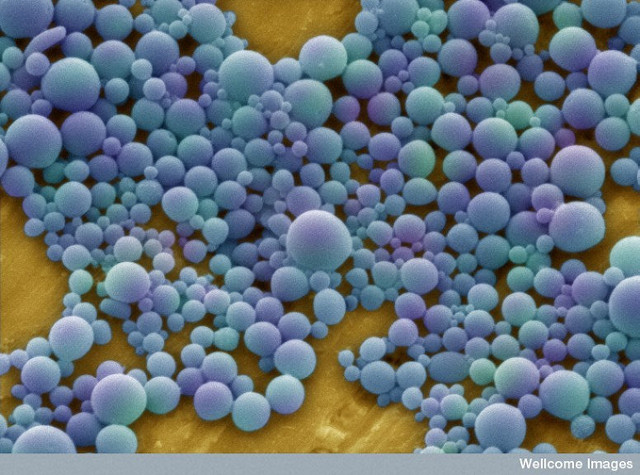A biomarker indicates the presence of a certain biological phenomenon, such as a disease. In late 2014, Singapore’s Nanyang Technological Institute developed a new marker that can detect tumor cells and deliver anti-cancer drugs more effectively, two new characteristics never seen in biomarkers before.
The biomarker is 10,000 times smaller than a grain of sand. It lights up when it detects tumor cells and is activated by near-infrared light, a type of light used in medical and pharmaceutical applications. Its method of activation is unique—while most imaging uses ultraviolet or visible light, which can damage healthy cells, near-infrared light does not. The nanoparticle has twice the contrast of other dyes, can emit up to three colors of light, and is non-toxic. This allows for safer and clearer imaging.
Additionally, the biomarker was thought to possibly be able to carry multiple layers of drugs. If this is the case, doctors can use the marker to administer two or more drugs directly to the cancer site. This pinpointed method of delivery would result in less negative side effects due to smaller dosage and higher effectiveness.
Another method for effectively finding and eradication cancer cells was recently developed by scientists working from two centers in Munich, Germany; nanocarriers can accurately deliver drugs to cancer sites without negatively affecting healthy tissue. Specifically, they saw how the nanocarrier works to combat lung tumors.
Such nanoparticles are comparable in size to atoms; they are capable of highly pinpointed medicine delivery if they’re designed with the proper characteristics. For example, this specific nanoparticle travels to the lung and essentially passes over healthy tissues. Tumors are different from regular tissues because they contain certain enzymes which break down proteins. Knowing this, the researchers constructed tougher shells around the nanoparticles that could only be broken down by higher levels of enzymes. Thus, when the nanoparticles enter the tumor, the enzymes break down the shell that surrounds the nanoparticle, releasing the medicine.
Image Source: Laguna Design
In lung samples of mice that had lung cancer, this method proved to be about 10-25 times more effective than conventional methods of administering cancer medication. In addition, the directed focus of the medicine results in a need for a much smaller amount of medication, which further reduces negative side effects.
The next course of action for researchers is to test the nanocarrier delivery system on live mice with cancer. If the method remains effective, this could very well be a revolutionary step in the treatment of cancer.
Feature Image Source: B0006425 Nanoparticles for drug delivery by Wellcome Images










